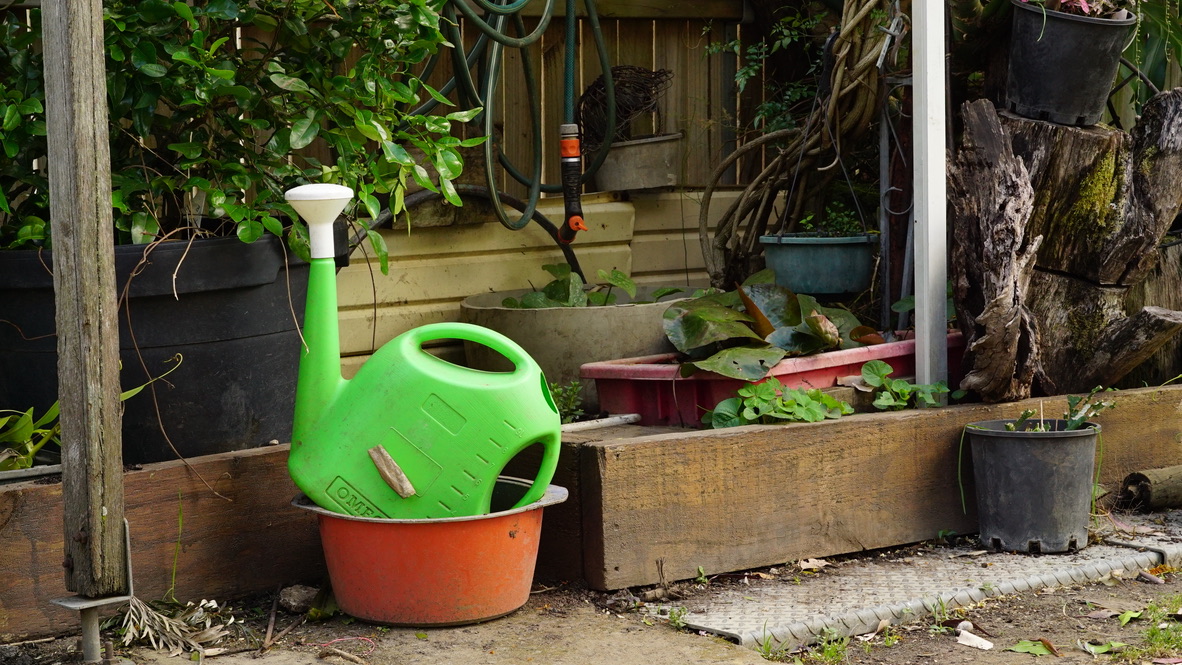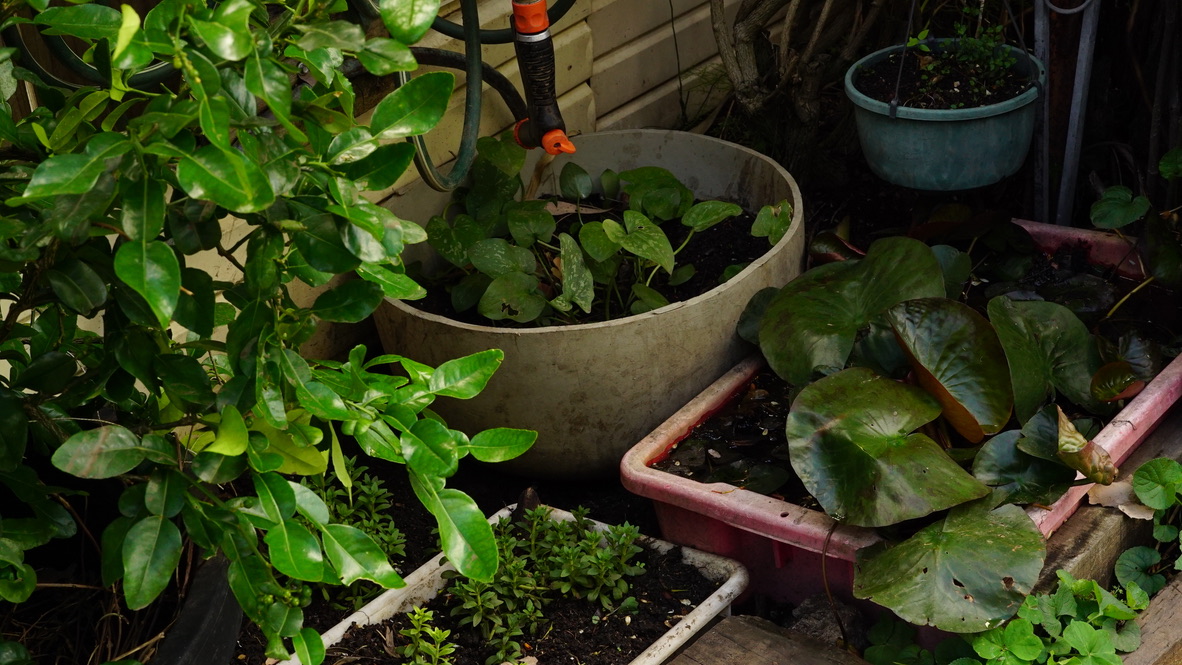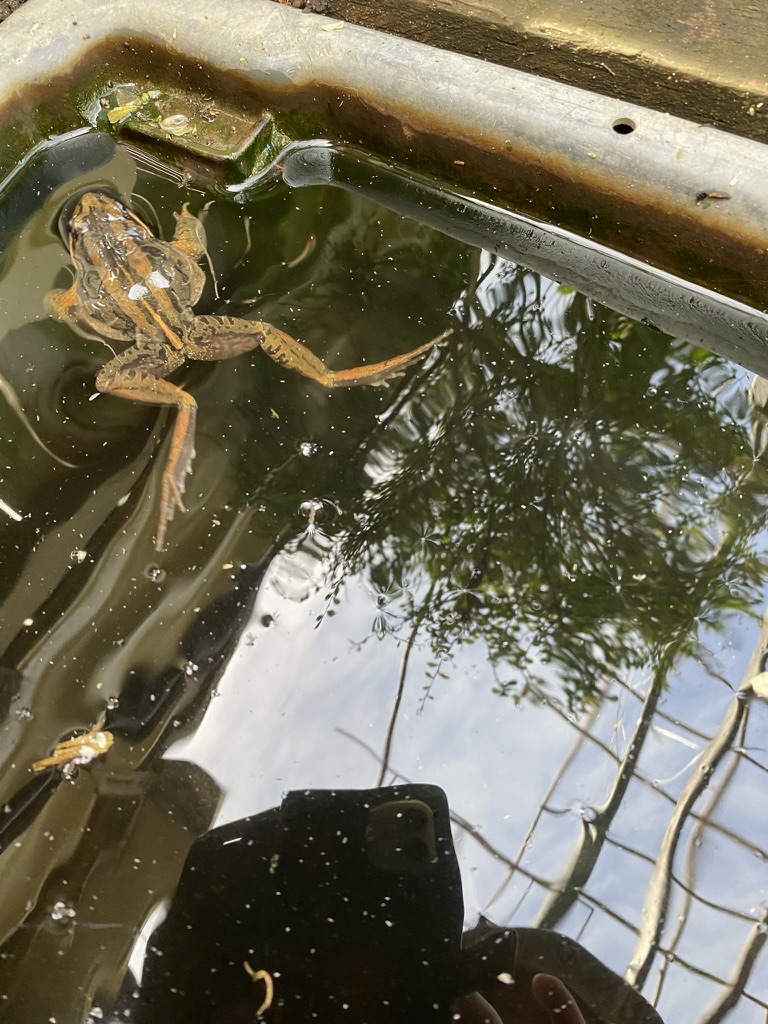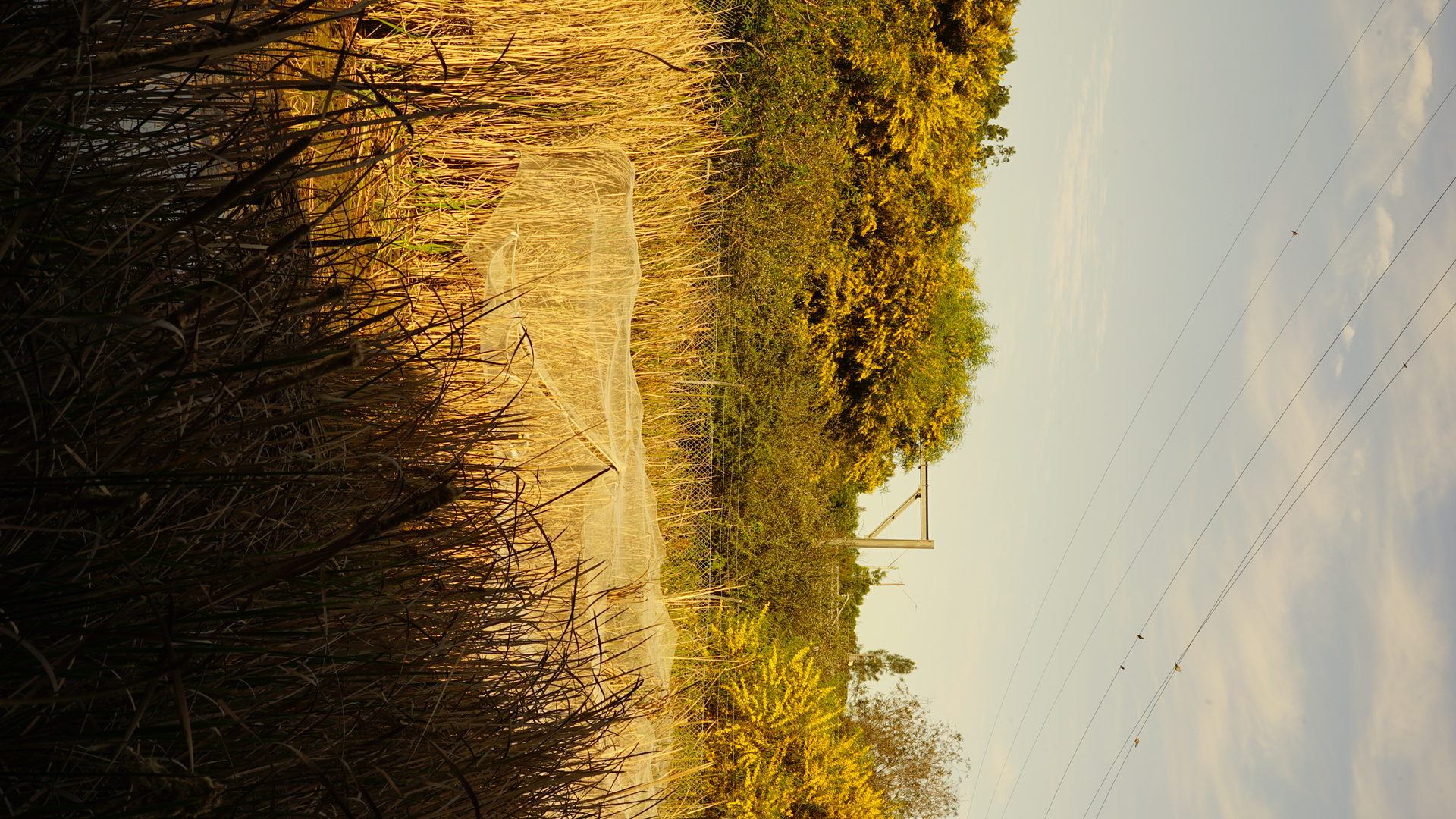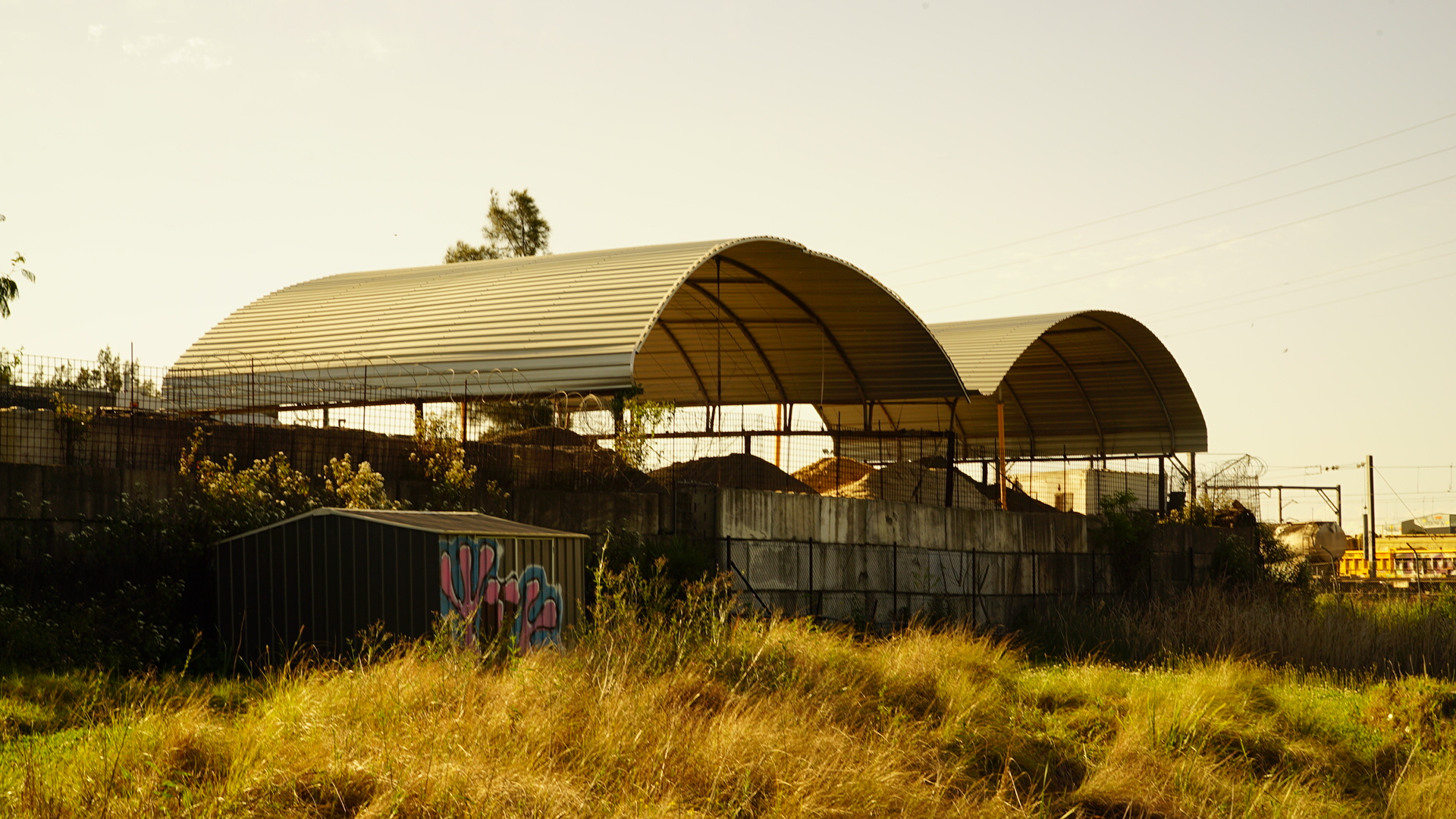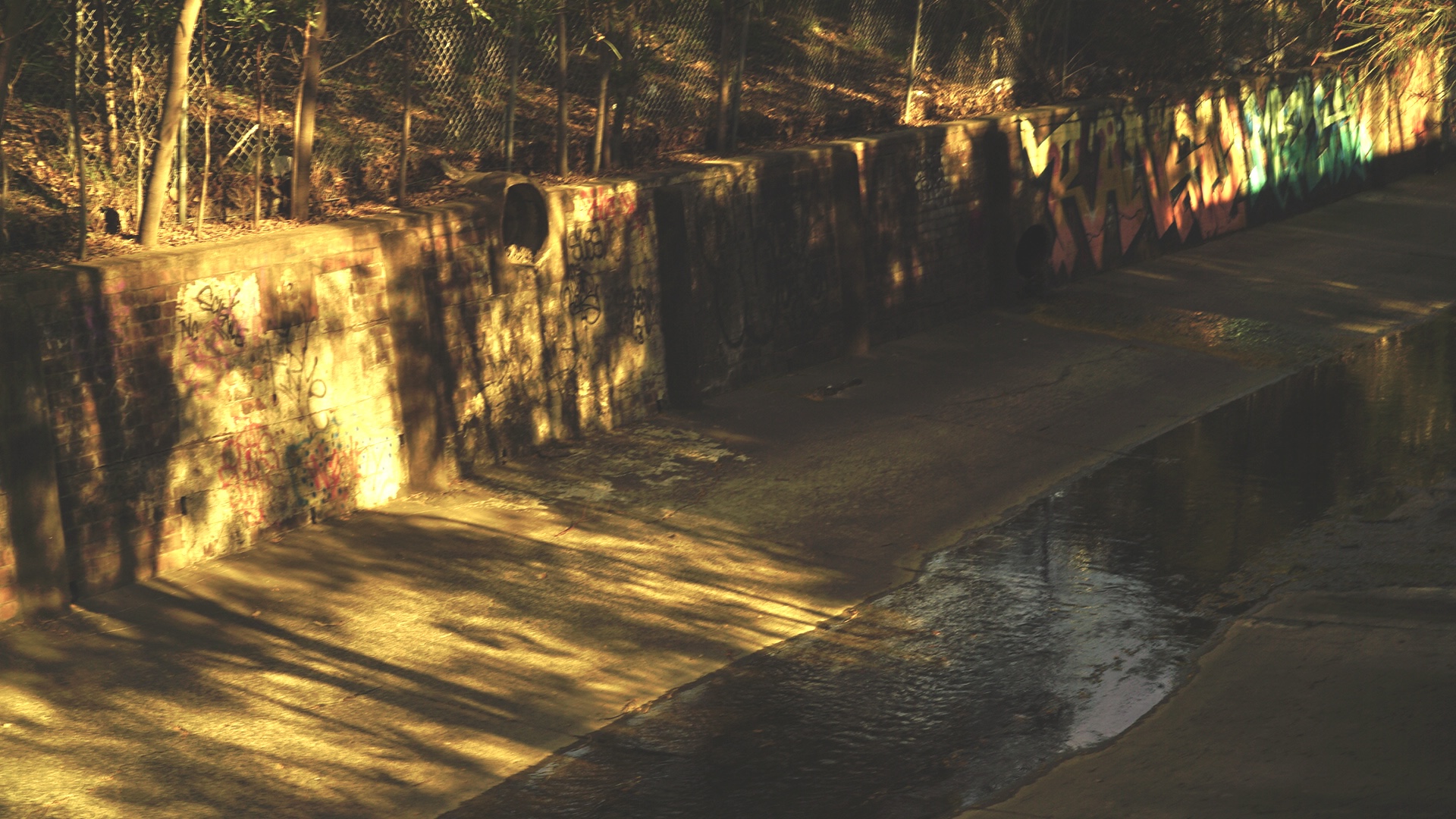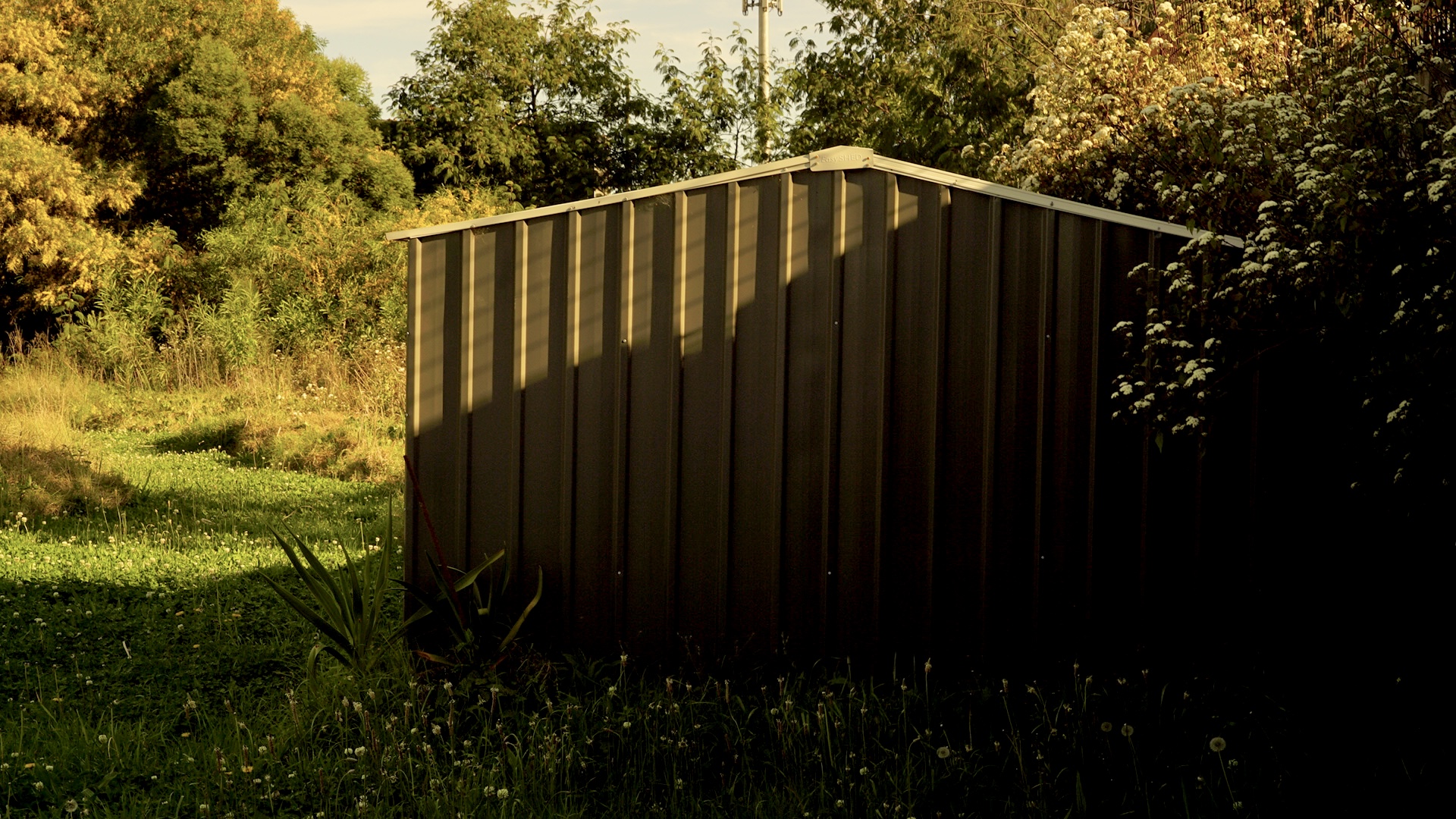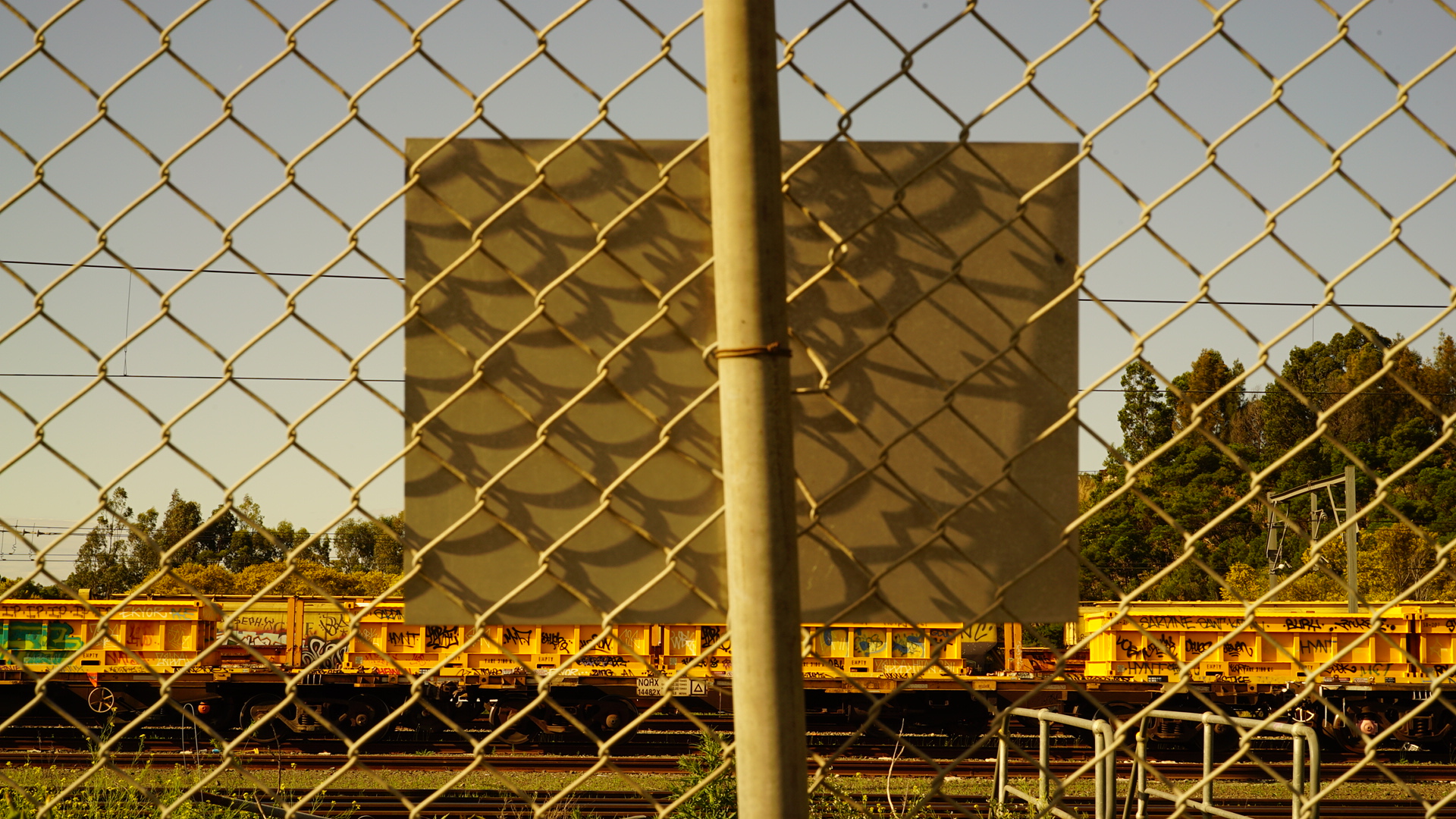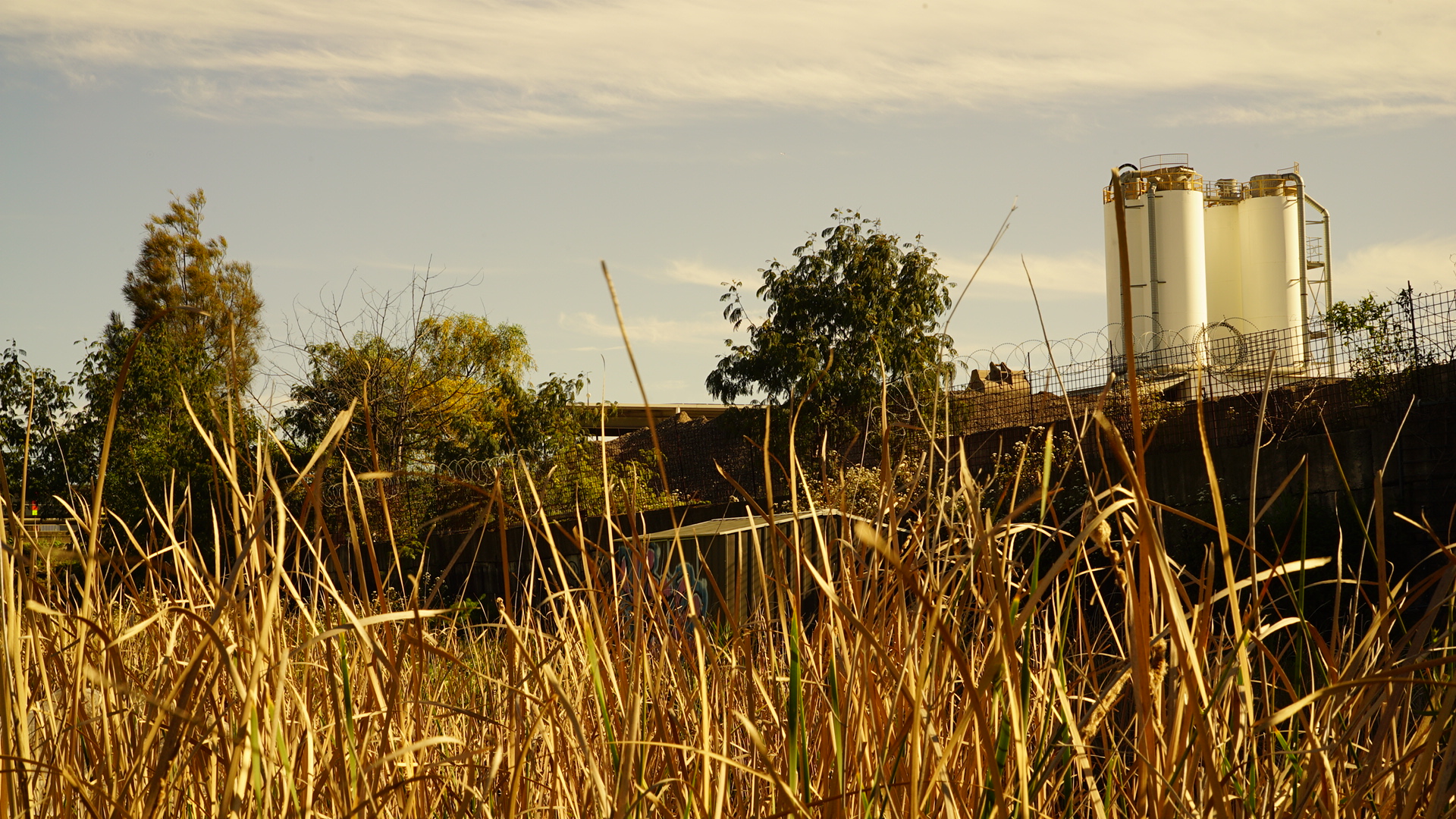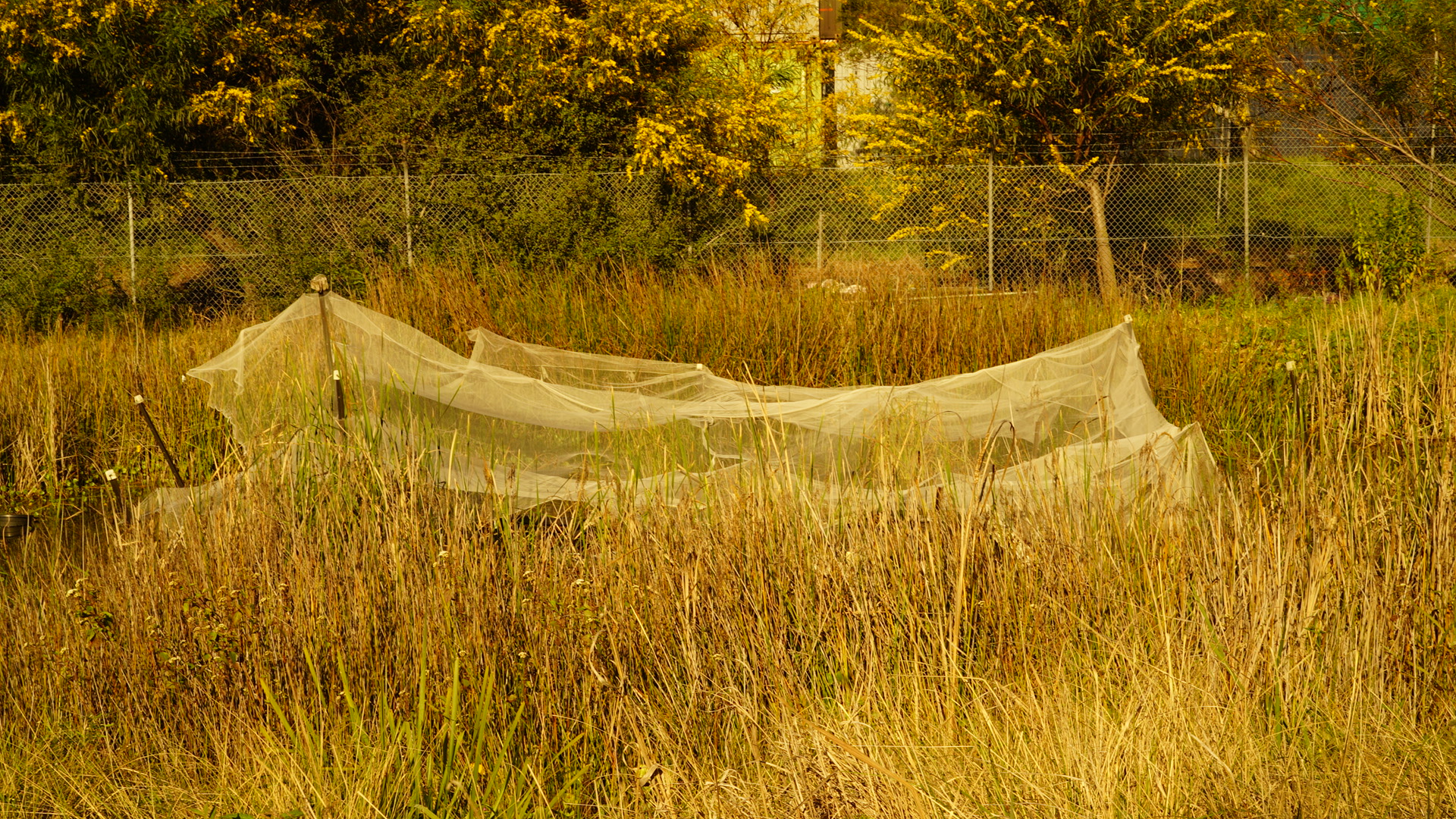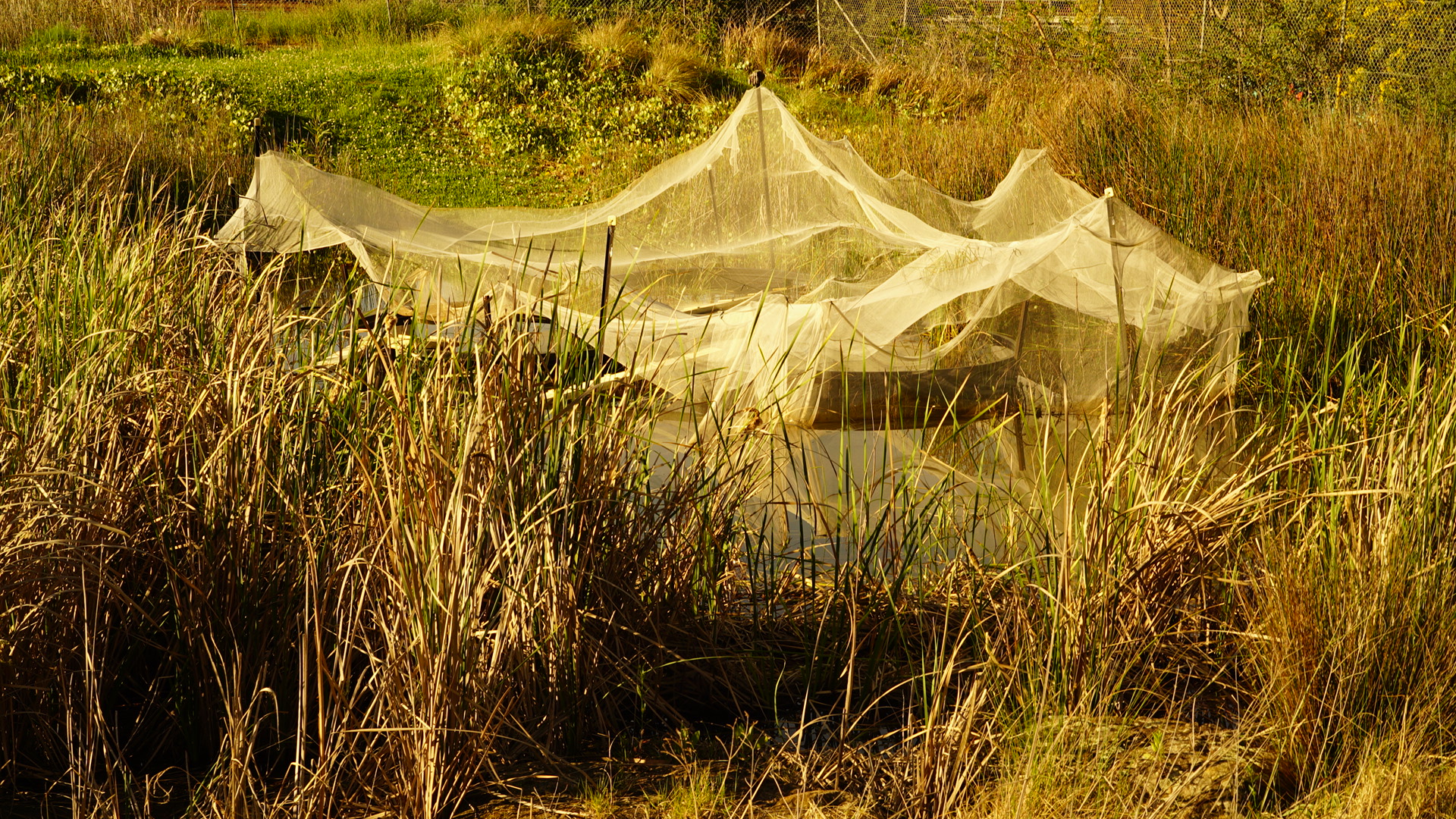Bringing my aunty, my mother and a group of their friends and neighbours to do a washing performance in the Agent Orange/Dioxin contaminated waters of Burramattagal (Parramatta River) on Dharug Land, I told them that a population of endangered Green and Golden Bell Frogs (Litoria aurea) were surviving and thriving just downriver at Homebush Bay in the Sydney Olympic Park Brick Pits.
Reminiscing about the survival of these endangered frogs in polluted waterways, they spontaneously sung me a song from their childhood about frogs and living by the river.
[Translation from Vietnamese]:
On the banks of a pond, a congregation of frogs are shouting,
– croak, croak, croak
When it rains, their harmonies are raised,
– croak, croak, croak
When summer comes, all the waterways become raucous,
– croak, croak, croak
Looking up at the sky they wait for the heavens to respond,
– croak, croak, croak
This afternoon I went fishing and brought a basket to catch crabs,
I’ll try to catch enough so Mum can make her sour soup
– Oh, a crab! A crab!
But don’t yell too loud – it’ll crawl back into its burrow
Don’t yell too loud – it’ll crawl back into its burrow
The neighbour over there, she owns a rooster
– that crows, and crows, and crows
Boil some water, and put it in a pot,
– it’ll crow no more – it won’t crow no more.
A catfish stole the umbrella, a mudfish went after it
– she’s also gone now
The frog is left to cry, he sits and cries
– boohoo hoo hoo – boohoo hoo hoo.
But then he picks up someone else’s umbrella,
– hides from the sun and rain, and runs back into his burrow.
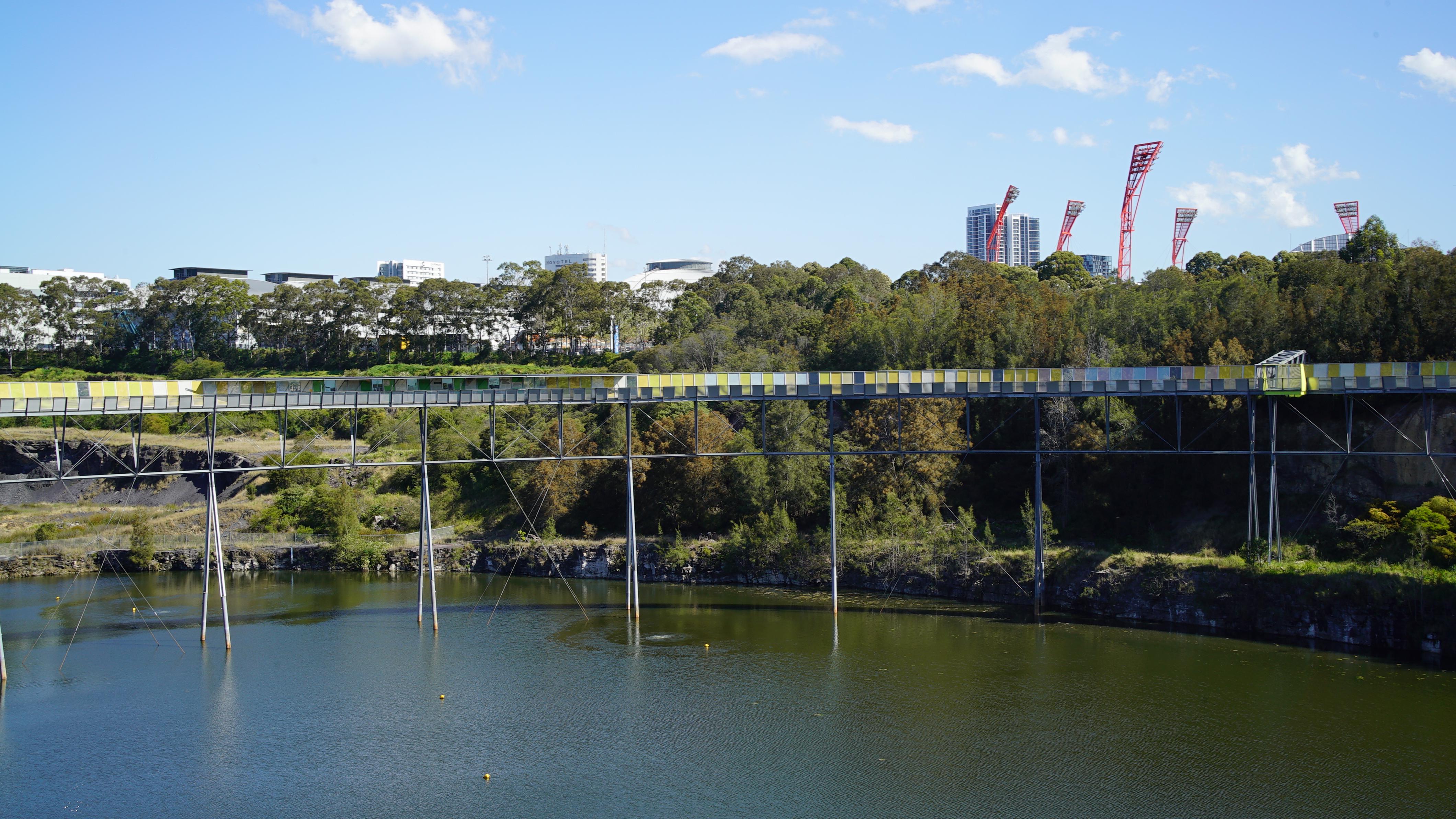
Thank you to Kim Dung, Bác Ngọc, Bác Thanh, Bác Nga, Bác Son, Bác Hương and Dì Nhung. Also to Fairfield City Museum and Gallery (where this work will be installed in March 2026) and Creative Australia.
